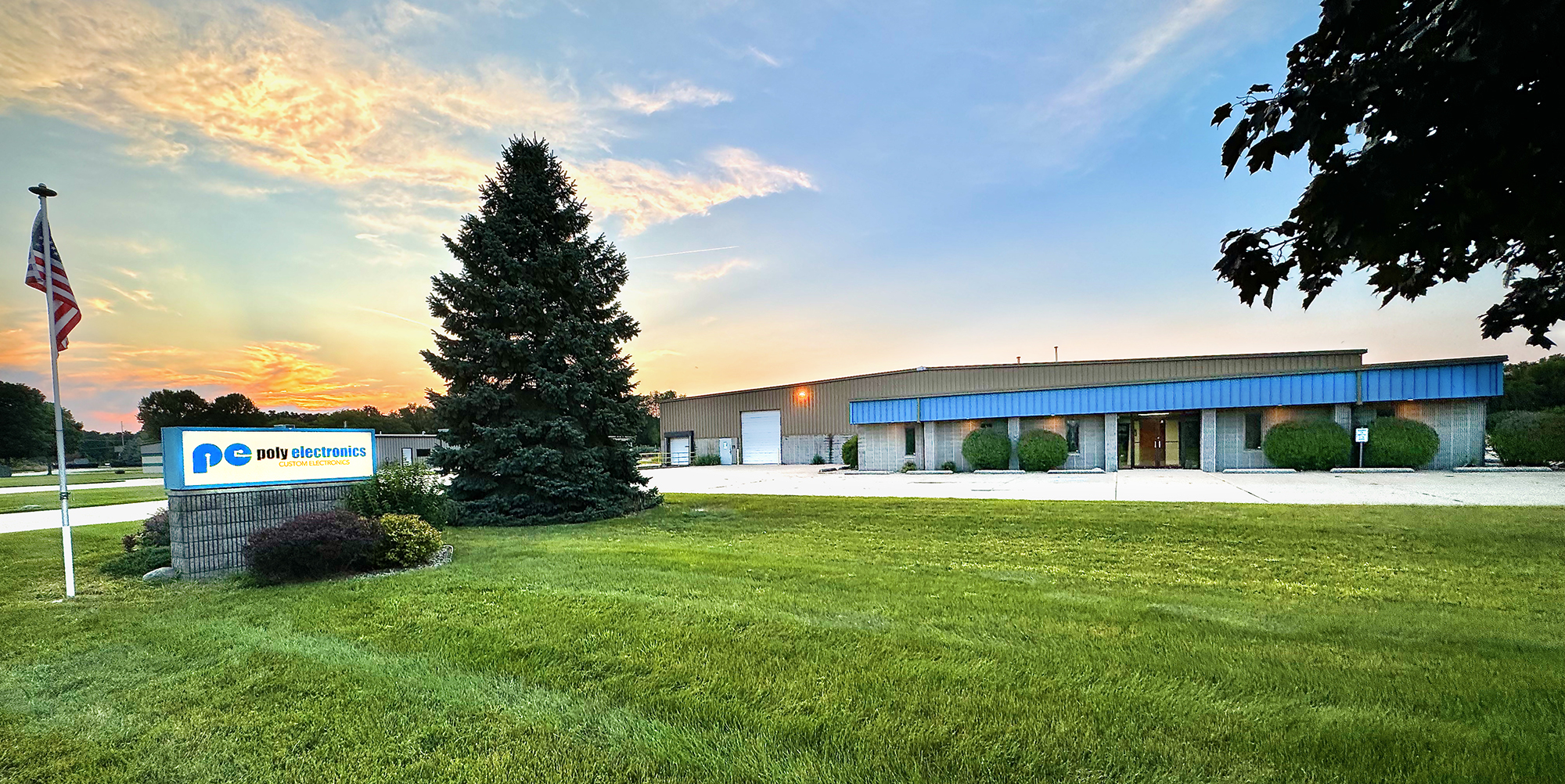RoHS (Restriction of Hazardous Substances) originated in the European Union and restricts the use of specific hazardous materials found in electrical and electronic products.
The current RoHS 3 directive limits ten substances, including:
- Lead (Pb)
- Mercury (Hg)
- Cadmium (Cd)
- Hexavalent Chromium (Cr⁶⁺)
- Polybrominated Biphenyls (PBB)
- Polybrominated Diphenyl Ethers (PBDE)
- Four types of phthalates (DEHP, BBP, DBP, DIBP)
These restrictions ensure that electronics are safer to manufacture, use, and recycle.
REACH (Registration, Evaluation, Authorization, and Restriction of Chemicals) is broader in scope. It governs all chemicals manufactured or imported into the EU in quantities above one ton per year.
For PCBA, REACH compliance means verifying that no Substances of Very High Concern (SVHCs) are present above threshold levels in materials or components.
Why These Regulations Matter in PCB Assembly
Even though RoHS and REACH began as EU regulations, their impact is global. Most U.S.-based OEMs and contract manufacturers serving international markets must comply to maintain product access in Europe and many other regions.
Non-compliance can result in:
- Product recalls or shipment rejections at customs
- Heavy fines and penalties
- Damage to brand reputation and customer trust
Ensuring compliance early — at the design and sourcing stages — helps prevent costly redesigns and delays later in production.

How to Ensure Compliance in the PCBA Process
Meeting RoHS and REACH standards requires attention across the full manufacturing lifecycle. OEMs and assemblers can follow these best practices:
1. Source from Verified, Compliant Suppliers
Work only with component and material suppliers who provide valid Certificates of Compliance (CoC) and maintain up-to-date Material Declaration Forms (MDFs).
2. Maintain Full Material Traceability
Implement a documentation system that tracks every component and solder material back to its origin. This ensures transparency and simplifies audits.
3. Use Lead-Free Processes
Select lead-free solders and surface finishes (like ENIG or ENEPIG) that meet RoHS limits without compromising reliability or solderability.
4. Stay Current with Regulation Updates
RoHS and REACH lists evolve — new SVHCs are added regularly. Partnering with a manufacturer that tracks updates and proactively adjusts sourcing is key.
5. Audit Your Supply Chain Regularly
Perform periodic supplier audits and spot checks to verify ongoing compliance, especially for high-volume or critical components.
How Poly Electronics Supports Compliance
At Poly Electronics, compliance is built into our process — not treated as an afterthought.
We:
- Source from RoHS- and REACH-compliant component distributor.
- Use lead-free soldering and coatings across our production lines
- Provide documentation packages for OEM customers to simplify their own compliance reporting
This proactive approach helps our customers reduce risk, meet regulatory demands, and confidently enter global markets.
Building a Safer, More Sustainable Electronics Industry
RoHS and REACH aren’t just regulatory hurdles — they’re part of a broader movement toward safer, cleaner electronics manufacturing. By choosing materials and partners that prioritize compliance, OEMs can build better products and contribute to a more sustainable supply chain.
At Poly Electronics, we believe that responsible manufacturing is smart manufacturing — and it’s how we help our customers stay competitive, compliant, and ready for the future.


